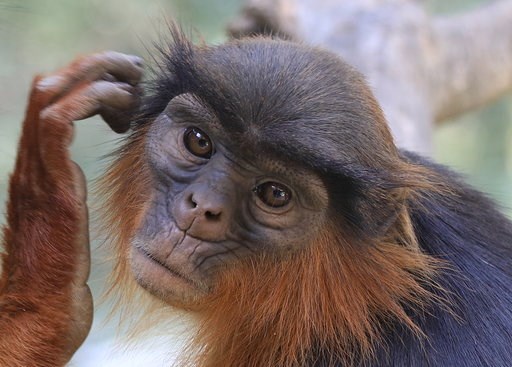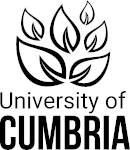
Lifeline for Africa’s most threatened primates
Focusing world attention on the most threatened group of primates on the African subcontinent, University of Cumbria has spearheaded groundbreaking actions in The Gambia.
With numbers down to as few as 2,500 globally, critically endangered Temminck’s Red Colobus (TRC) monkeys have been thrown a potential lifeline in an ambitious three-year community-based project.
Backed by international organisations, including National Geographic and Global Wildlife Conservation, the university mission has helped set up two key sites where local teams and partners will work on a raft of measures to help tackle dramatic declines in numbers.
Speaking after returning from The Gambia, project lead, university researcher and vet, Dr Mic Mayhew, explained the challenges were considerable and included habitat loss, climate change and disease.
He added: “However, we have tangible opportunities to make a difference. Without this intervention, TRCs could be wiped out in as little as a decade
“We are working in Pirang Community Forest, near the coast, and the Sambel Kunda area, 200kms upriver, putting five rangers and a project manager in place.
“The team will roll out environmental education, set up primate monitoring and forest patrols, as well as developing community tree nurseries, woodlots and ecotourism."
Drawing on experience from 40 previous university visits to The Gambia, the rescue mission is the culmination of extensive work and lobbying to develop plans which puts education at the forefront of actions.
Across Africa, entire primate species have been lost, while many face an ongoing battle to survive, caught up in the global extinction crisis, explained Dr Mayhew, who is based at the Ambleside campus.
He added: “Of Africa’s 19 red colobus species, one has already gone and the six in West Africa are classified as critically endangered.
“Working with communities, we aim to find sustainable ways to support livelihoods and reduce the pressure on forest habitats. Most importantly, we will be passing on knowledge and skills to secure TRC populations, protecting forests far beyond the end of the project.”
Just five hours from Manchester airport, with no time difference, the Gambian coast is a mecca for visitors, but tourist developments have posed threats to habitats.
Part of the university's plan is to encourage small-scale eco-tourism, which will develop new income streams. Like all the goals, it will depend on community trust and help, but ultimately local people would benefit from employment and new skills, said Dr Mayhew.
He added: "One of the biggest challenges is to stem current rates of logging for charcoal production, which seriously impacts on primate habitats.
“We have employed rangers from local villages to encourage people to get involved and have a real sense of ownership. It also means benefits are shared equally. And working with the University of The Gambia, there will be placements for our students, as the project progresses.”
Financial support has come from Global Challenges Research Fund, as well as National Geographic and Global Wildlife Conservation.
Ends
For media enquiries please call Karen Barden on 015395 52366 or 07793 083106.
Pictures show
Temminck’s Red Colobus monkey, now the focus of a major University of Cumbria-led survival mission in The Gambia
University of Cumbria researcher Dr Deborah Brady meeting a local Gambian community to encourage them to get involved in saving the species
Temminck’s Red Colobus monkey
Mother and baby
